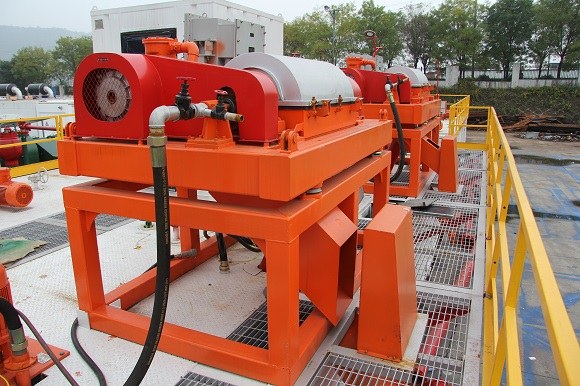“Tunnel dewatering” is the latest field of application for Brightway Decanter Centrifuges. For this application natural water penetrations have to be pumped out from the tunnel and are then cleaned with decanter centrifuges.
Brightway Decanter Centrifuges feature a service friendly design, which is quick and easy maintenance in the field, providing world-class standards for high-performanc on a wide range of applications, such as tunneling, mining and mineral.
Tunnels are an increasingly important element in today’s infrastructure. Not only are they used to provide an easy crossing through mountainous regions for road and rail-bound traffic. Increasingly they are also used in urbanized areas to augment over-loaded roads, to provide quicker routes through crowded cities, and to reduce noise and pollution impacts on residents.
Other uses include traffic links across waterways, as well as for collection and attenuation of storm water or wastewater peak flows. Modern tunnel boring machines (TBM) can have diameters of 14 meters and more enabling civil engineers to design multi-purpose tunnels, in order to provide maximum economic and environmental benefits. In recent times, the technological trend for tunnel boring machines has increasingly moved towards the Hydro-shield technology.
In Hydro-shield technology, the progressing tunnel is sealed from the tunnel excavation front by means of continuously recirculating bentonite slurry. At the same time, this slurry also serves as carrier for removal of the cuttings from the excavation front to the solids separation plant. In the solids separation plant, the cuttings are removed by means of screens and hydro-cyclones. The cleaned bentonite slurry is then ready to be recycled to the TBM. Even with changed slurry input and flow conditions in the decanter, Hiller’s new hydraulic drives offer a wider speed range with higher oil output allow for the processing of slurry quantities 20% to 50% higher than usual.
Depending on the properties of the soil where the tunnel is being drilled, very fine cuttings are accumulating in the bentonite slurry and thereby its properties are increasingly affected over time, in spite of the mechanical removal of cuttings mentioned afore. This negative effect can be monitored by measuring the density of the slurry. When the slurry density has risen above the acceptable limit, some of the slurry inventory is discarded and replaced with fresh bentonite slurry, in order to maintain the density in the system at the desired level. After having passed through the normal mechanical treatment, the discarded slurry is fed to a decanter centrifuge system for separation and dewatering of the spent bentonite, i.e. the very fine cuttings plus the bentonite. The dewatered solids are then sent to land-based disposal, or are used with rougher cuttings while the clear water can be discharged to sewers and is recycled to the process.

